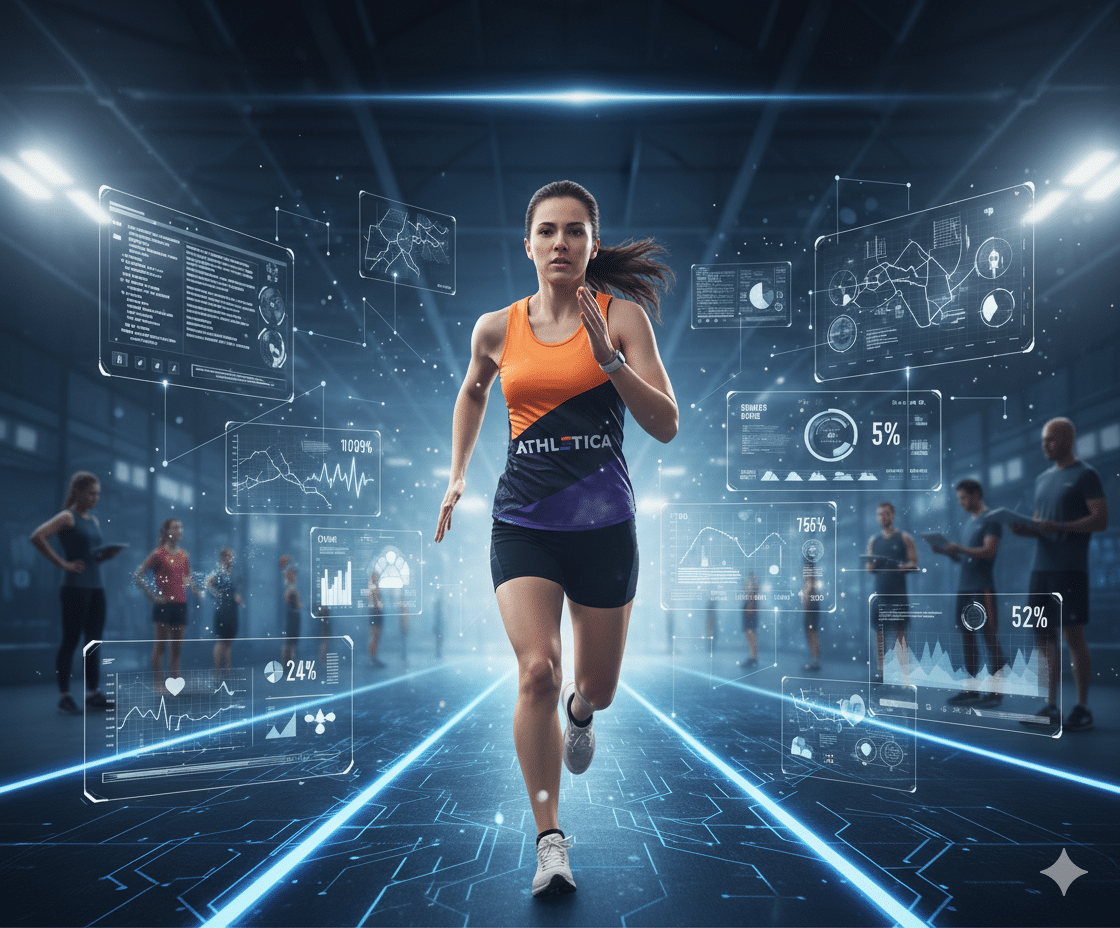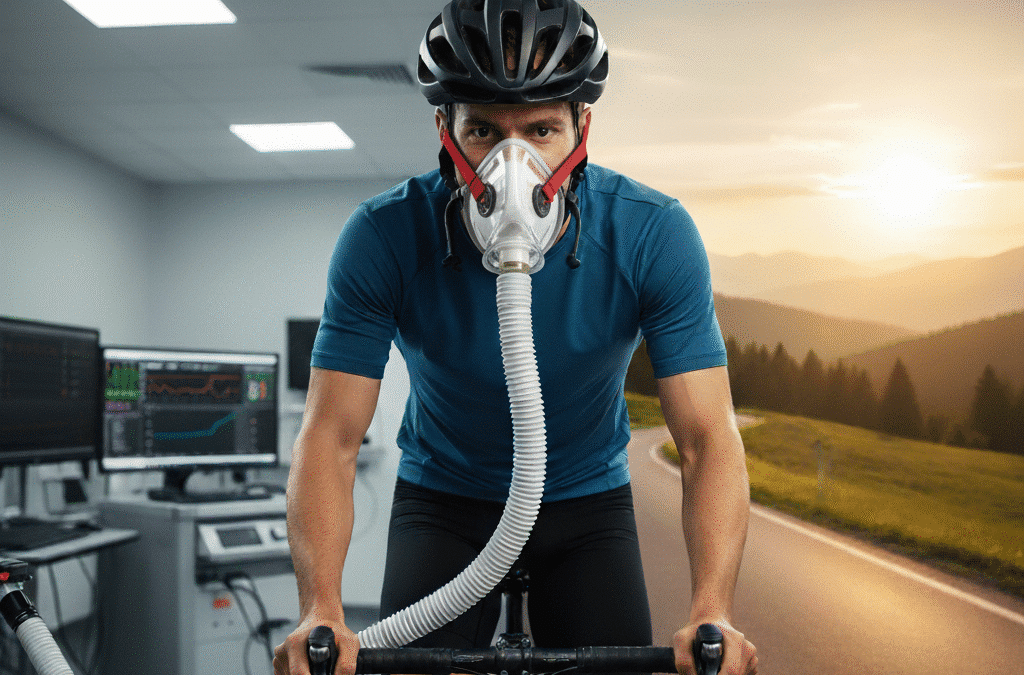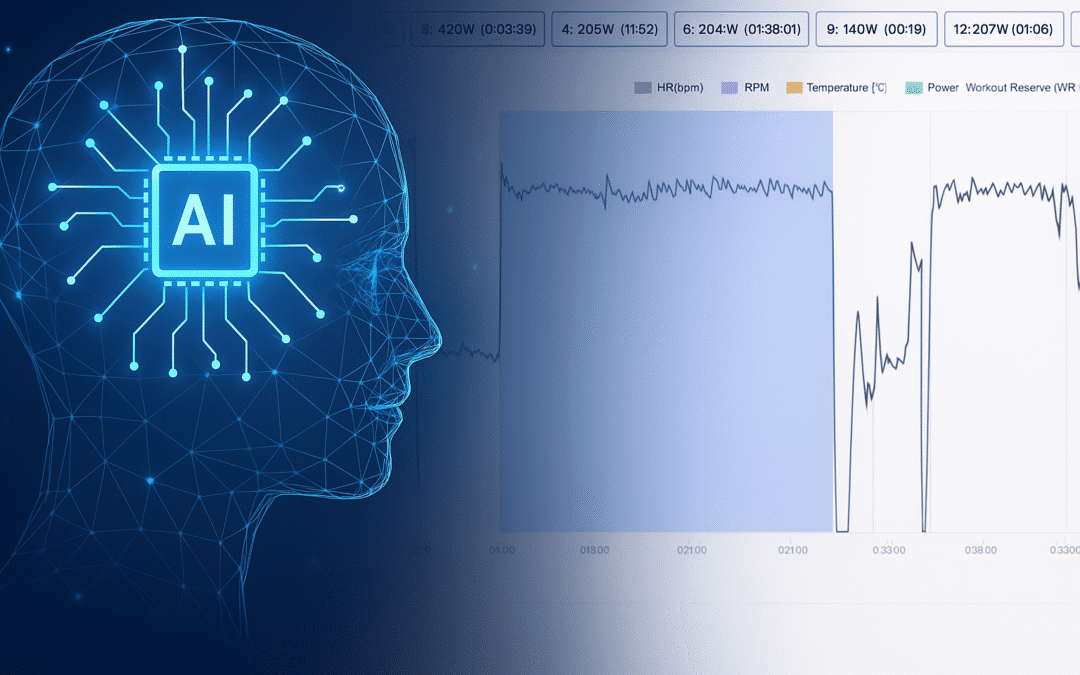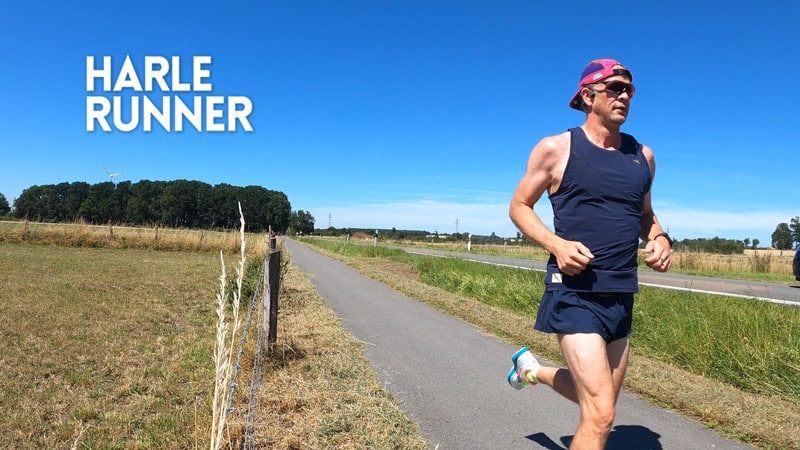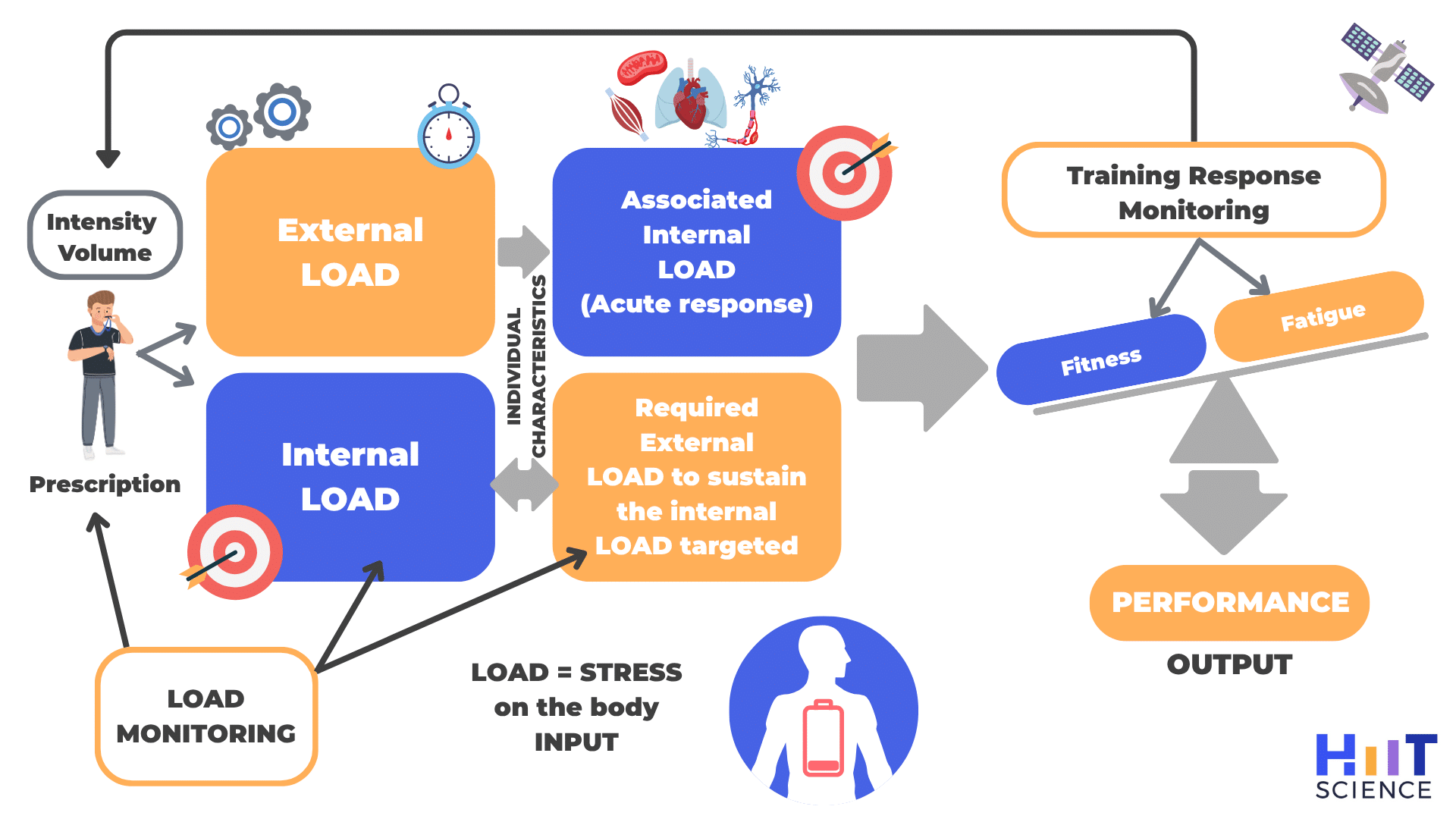
Figure 1: Relationship between training load and load response. External load (the work performed) and internal load (the physiological stress imposed) interact based on individual characteristics to produce acute responses. Monitoring enables understanding of how training inputs drive adaptations in fitness and fatigue.

How AI Is Closing the Loop
Back in 2016, integrating this information daily across an Olympic squad was practically impossible without an entire analytics team. But AI has changed that.
Platforms like Athletica AI don’t just aggregate data — they interpret it. By combining training load, recovery, HRV, wellness, and physiological metrics, Athletica learns from each athlete’s unique patterns and adapts training in real time.
AI-powered athlete monitoring allows:
- Detection of subtle fatigue signals before performance drops
- Personalized adjustments to load and recovery
- Continuous optimization across squads without manual analysis
This turns “big data” into actionable, individualized coaching insight — every day, at scale.
Inside Athletica AI’s Integrated Approach
At Athletica AI, integration happens seamlessly. The platform unifies training sessions, wearable data, HRV measures, sleep quality, and self-reported wellness. From there, it creates an adaptive feedback loop: training inputs → physiological responses → performance outputs → plan adjustments.
That’s the essence of modern AI in sports performance — leveraging machine learning to complement, not replace, the coach’s expertise.
With Athletica, I now focus less on data wrangling and more on the conversations that matter: how to guide, motivate, and prepare athletes to perform when it counts.
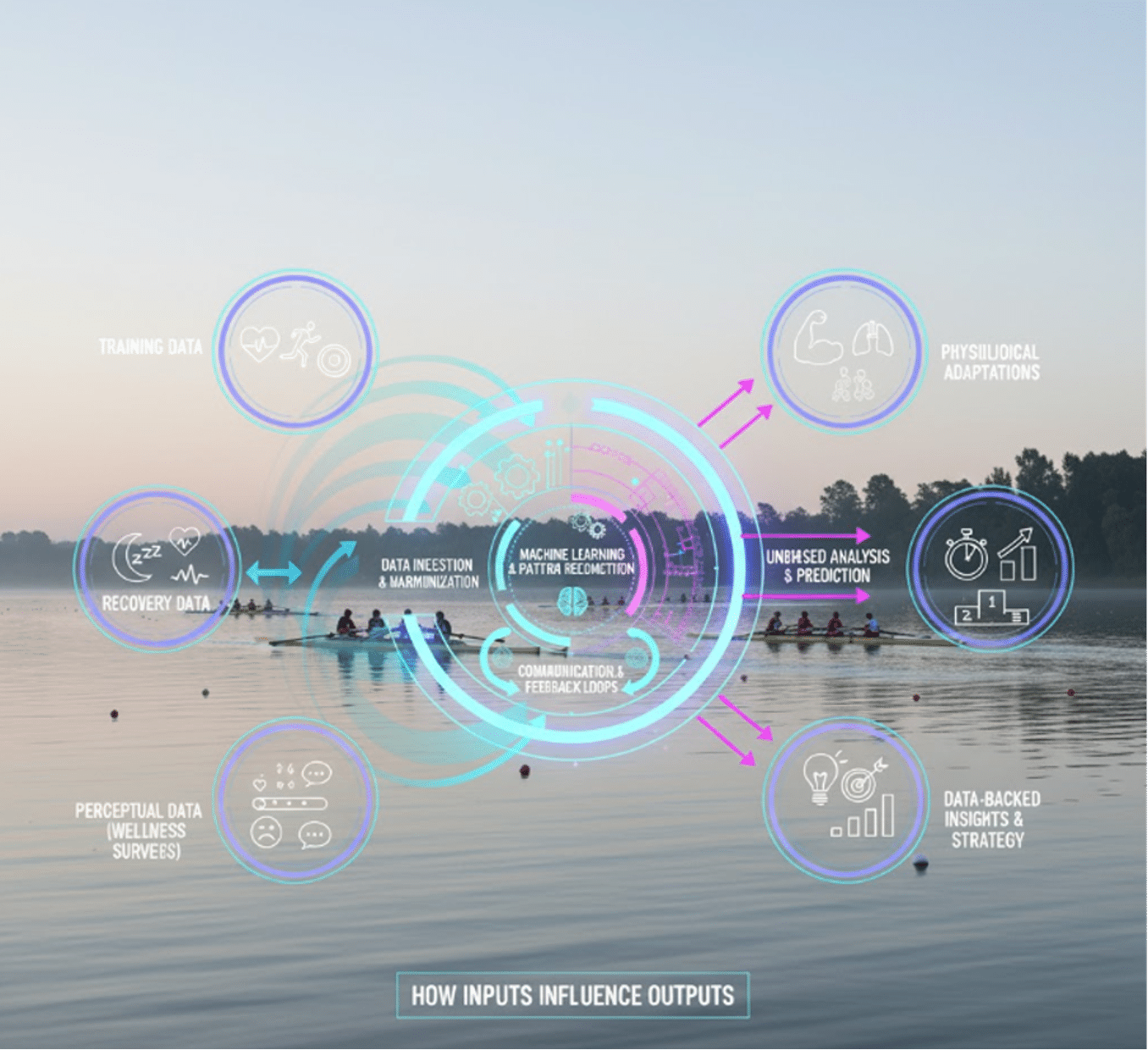
Key Takeaways
- Single metrics can mislead. Training load, HRV, and wellness each tell only part of the story.
- Integration brings clarity. Combining data streams reveals why athletes respond as they do.
- AI accelerates insight. Tools like Athletica AI deliver real-time adaptation based on comprehensive athlete data.
The future is human + AI. Coaches gain bandwidth to coach — not calculate.
About the Author
Rod Siegel is an Applied Sport Scientist, High Performance Leader, Performance Consultant, Researcher, and Coach. With over 15 years of experience across elite programs in New Zealand and Australia — including Cycling, Rowing, Athletics, Triathlon, Kayaking, Sailing, and Speed Skating — he has supported multiple Olympic and Paralympic medallists. Rod has contributed to more than 20 peer-reviewed publications and book chapters and is passionate about integrating data, physiology, and AI to optimize performance on the world stage.
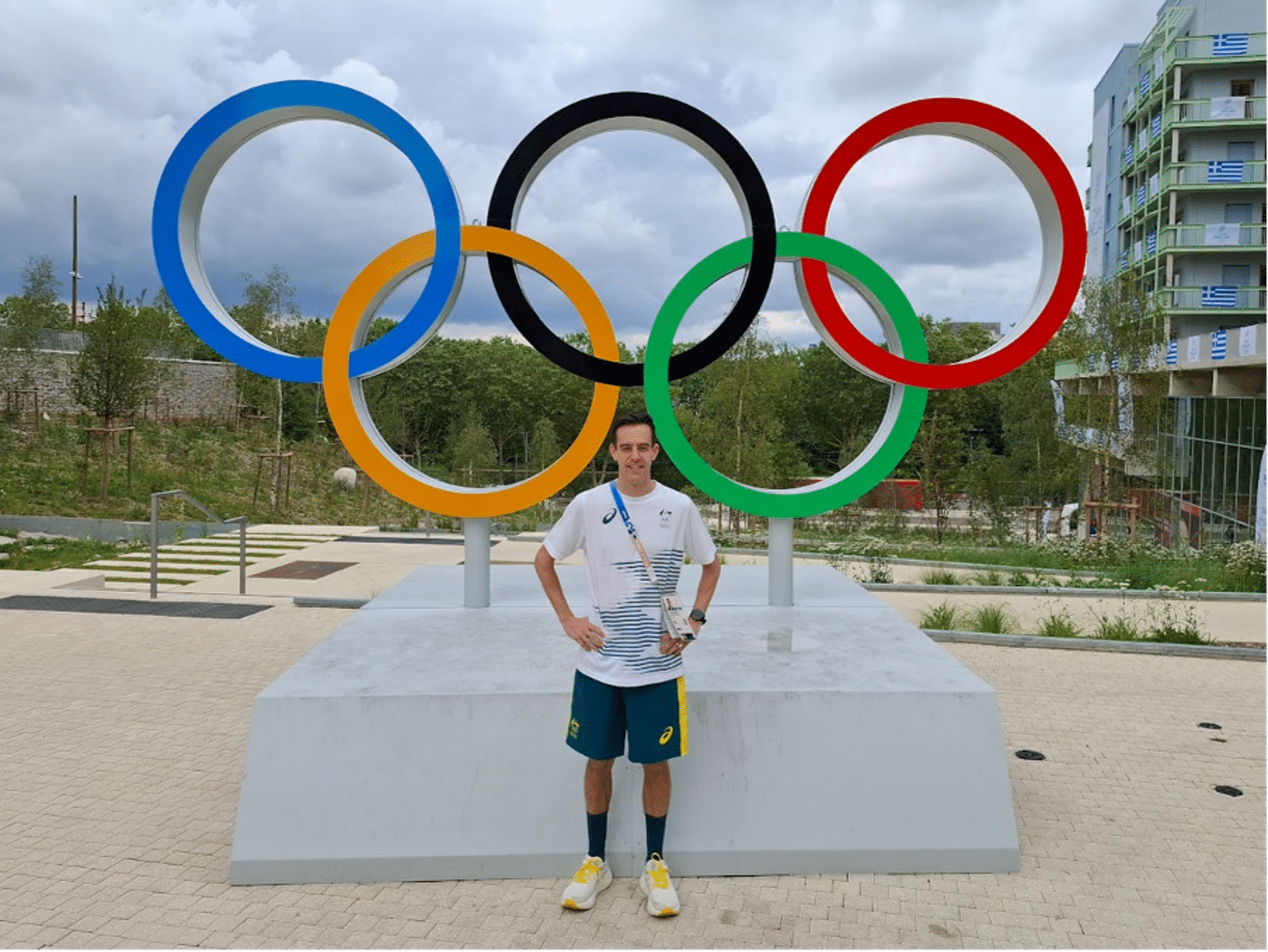
Try Athletica free and let the plan manage your load.
14-day free trial. No credit card required.

